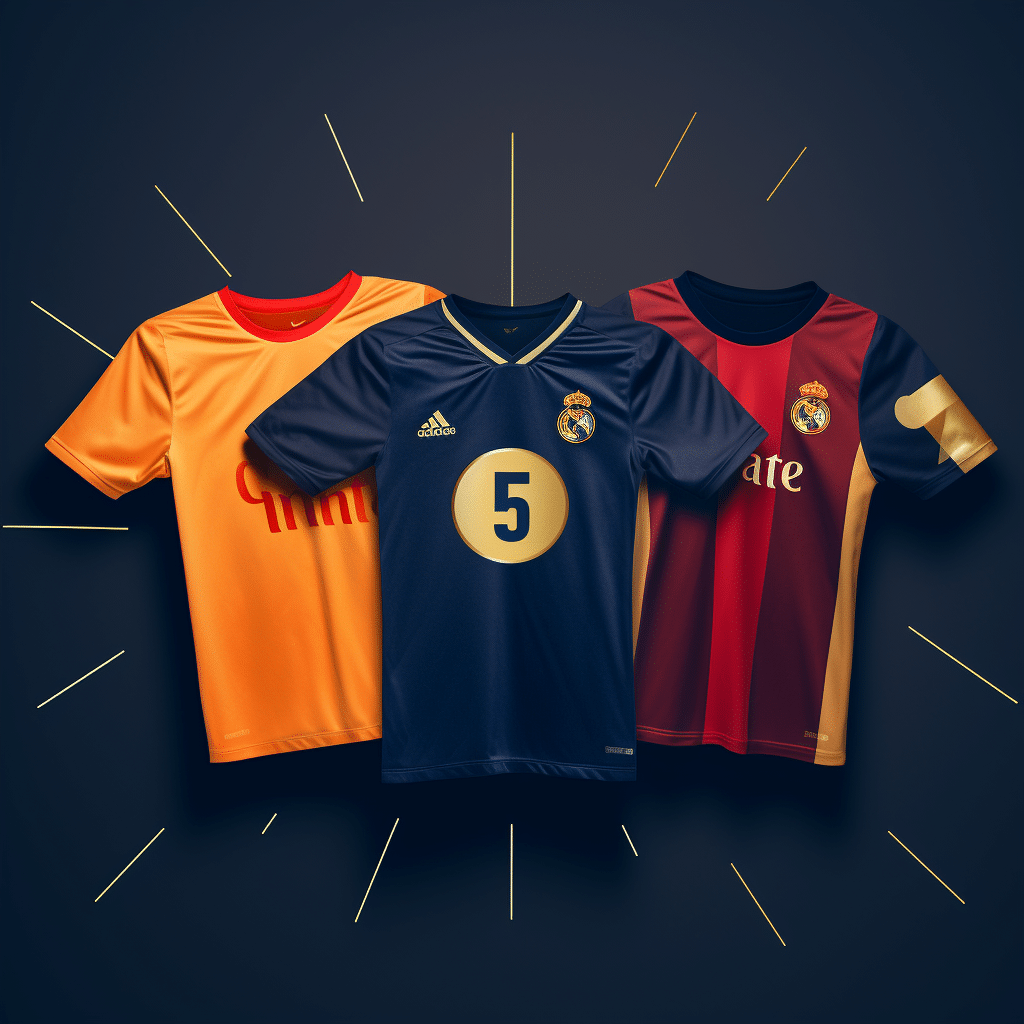
Why do soccer jerseys account for more than 25% of the minimum wage in Brazil?
One of the most common complaints by Brazilian fans is about the price of club jerseys, both domestic and international. Seen as fashion items and symbols of identification, football jerseys are a popular everyday attire for sport enthusiasts. However, having them in one’s wardrobe can be expensive.
Why are these fashion items so pricey? This delicate issue, investigated by casinos.win, is multi-faceted, involving various aspects and sectors before a jersey reaches the fan. Overall, there can be up to seven stages before the jersey reaches the store, with the process potentially involving other countries.
The price has changed significantly since Leeds United became the first club to sell a jersey in the UK for just $7 in 1973. Today, it costs, on average, over ten times that amount. Sales models in Brazil and around the world have changed a lot over the years.
A 1988 article in Placar magazine highlighted the challenges of purchasing an official football jersey. There was no distribution system for jerseys to stores. Manufacturers (and by then, clubs already had official suppliers) sent batches to the clubs, where they remained. Some teams set up a small shop at their headquarters. Any additional purchases had to be made directly from players or the kit manager.
Prices back then varied, but today, 35 years later, even though they are more easily accessible in various stores, they are much pricier, taking up a significantly larger portion of the minimum wage than before.
A chart by casinos.win compared the values and their relation to the minimum wage from December 1988 to October 2023, looking at the so-called twelve major clubs in Brazil:
| Club | 1988 (Cz$ 40.425) | % in 12/1988 | 2023 (R$ 1320) | % in 10/2023 |
|---|---|---|---|---|
| Atlético-MG | Cz$ 10200 | 25.23% | R$ 349 | 26.43% |
| Botafogo | Cz$ 9900 | 24.48% | R$ 279.90 | 21.21% |
| Corinthians | Cz$ 7000 | 17.31% | R$ 299.99 | 22.72% |
| Cruzeiro | Cz$ 13000 | 32.15% | R$ 349 | 26.43% |
| Flamengo | Cz$ 11000 | 27.21% | R$ 349 | 26.43% |
| Fluminense | Cz$ 10900 | 26.96% | R$ 279.90 | 21.21% |
| Grêmio | Cz$ 8500 | 21.02% | R$ 349.90 | 26.43% |
| Internacional | Cz$ 9000 | 22.26% | R$ 349 | 26.43% |
| Palmeiras | Cz$ 10000 | 24.73% | R$ 329 | 24.92% |
| Santos | Cz$ 8600 | 21.27% | R$ 299 | 22.72% |
| São Paulo | Cz$ 3000 | 7.42% | R$ 349 | 26.43% |
| Vasco | Cz$ 11000 | 27.21% | R$ 289 | 21.89% |
This shift over 35 years explains the rising consumption value where football jerseys have become everyday fashion items, profitable not only for clubs but also for sportswear retailers globally, such as Adidas, Puma, and Umbro. Note that in 1988, Nike didn’t sponsor football teams, starting only in the 1990s, initially with Borussia Dortmund.
Another debate is the price relative to other countries. Converted values might appear even more expensive, potentially confusing readers.
| Country | Average Jersey Price | Local Minimum Wage | Percentage |
|---|---|---|---|
| Brazil | R$349 | R$ 1320 | 26.43% |
| United Kingdom | £80 | £ 1806 | 4.42% |
| European Union | €100 | €1.008 | 9.02% |
| Argentina | $40.00 | $146.000 | 27.39% |
| USA | $120 | $1276 (8h) | 9.40% |
| Mexico | M$ 1799 | M$ 6310 | 28.52% |
| Japan | ¥11000 | ¥211000 (12h) | 5.21% |
So, why do these high prices persist in Brazil, even when clubs are sponsored by different companies, whether international like Adidas or local brands?
According to a 2014 Trivela report, premium products, like the latest jerseys of major teams, can’t even be discounted. Brazilian brands like Penalty and Topper don’t have such restrictions, but they match global competitors like Nike, Puma, and Adidas when it comes to football jersey prices.
The trend occurs less frequently when Brazilian clubs develop their own uniform brands, a strategy adopted by several teams.
Breaking down the price of a football jersey globally, about 5.8% of an $80.35 shirt relates to materials, production, and transport, as per a 2018 BBC report. The retailer takes a significant portion of the price: 22%.
But why do high prices continue among major brands? It’s strategic positioning. Brands charge more to establish perceived quality and to maintain a high profit margin, taking advantage of the strong demand for the product.
With the rising trend in jersey prices, fans wonder if this will continue. The future will tell, but based on recent increases, often surpassing inflation and coupled with Brazil’s high taxes, it’s expected that prices will remain high.
